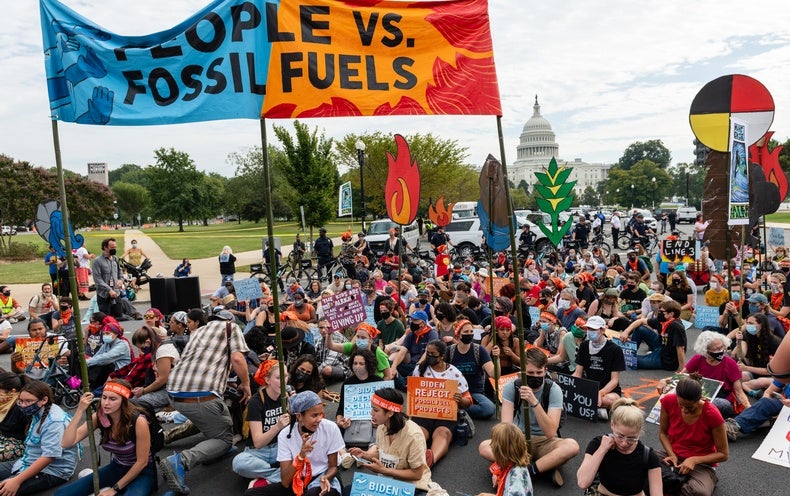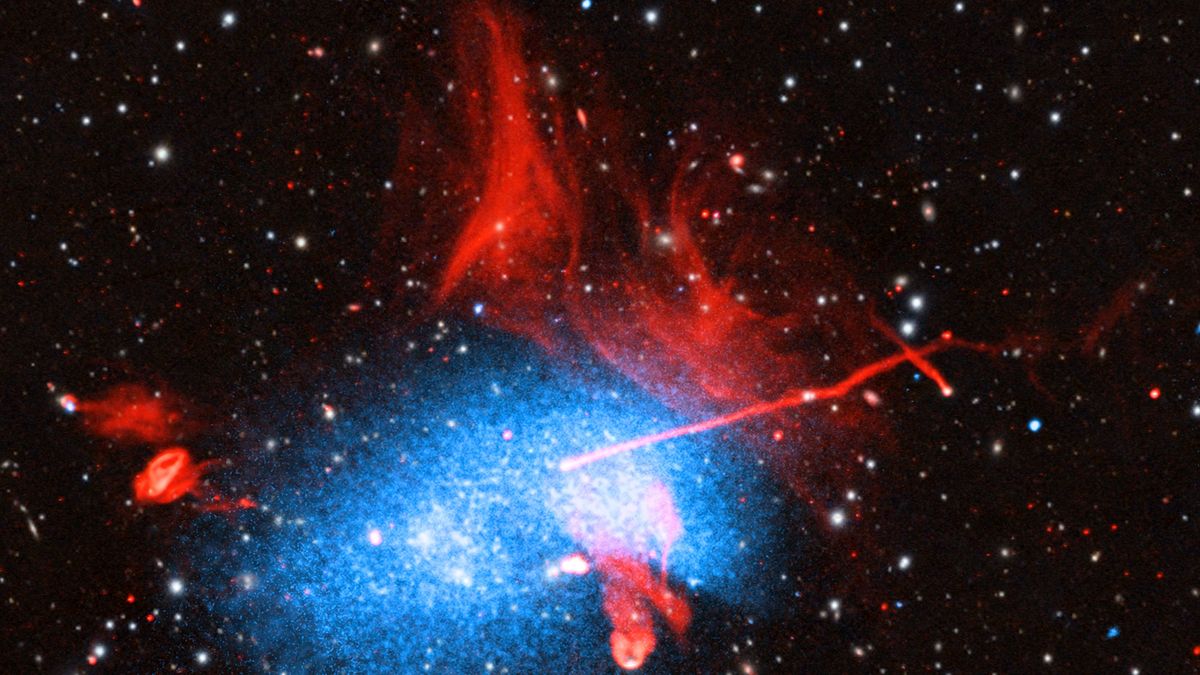Keeping global warming within 1.5 degrees Celsius is “currently not plausible,” warns a new report from the University of Hamburg. The types of swift, transformative social change needed to reach that target just aren’t happening fast enough.
A less ambitious target of 2 C still could be in the cards, the report adds. But it would require world leaders to set more ambitious climate goals for their nations and put them in motion immediately.
The report, known as the “Hamburg Climate Futures Outlook,” examines the factors affecting the world’s ability to meet its global climate goals. Nations participating in the Paris climate agreement have pledged to keep global warming well under 2 C while striving for a more ambitious 1.5 C target.
The most recent reports from the United Nations’ Intergovernmental Panel on Climate Change make it clear that meeting these targets requires immediate and rapid global efforts to reduce greenhouse emissions. The 1.5 C threshold requires global emissions to hit net zero by 2050, the IPCC warns, and they should fall by roughly half within the next decade.
But studies consistently find that global climate action isn’t happening fast enough to keep up with those requirements. The U.N.’s latest annual emissions gap report, which assesses global progress on the Paris targets, found that the climate policies currently in place around the world aren’t even enough to meet the 2 C target, let alone 1.5 C.
As it is, studies suggest that humanity could blow past the 1.5 C threshold in about a decade. Though it’s still technically possible to achieve it — if world leaders took the necessary steps right away — climate scientists and policy experts increasingly acknowledge that it’s probably not going to happen (Climatewire, Nov. 11, 2022).
The new Hamburg report affirms those fears.
The report examines 10 different social drivers that can affect the world’s ability to achieve “deep decarbonization” in time to meet the Paris targets. These include governance from the U.N., transnational initiatives, climate-related regulation, climate protests and social movements, climate litigation, corporate responses, fossil-fuel divestment, consumption patterns, journalism, and the production of knowledge on climate change.
On a global scale, not one of them supports deep decarbonization by 2050, the report finds.
Most of them are, in general, moving in the right direction. They just aren’t aggressive enough yet to be consistent with the kind of transformative social change required to achieve the 1.5 C target.
Journalism has an ambivalent influence, the report notes. Depending on the media organization, platform and the framing of the story, it sometimes promotes climate action and sometimes hinders it.
And two social drivers actively impair global efforts to achieve 1.5 C. Those are corporate responses and global consumption patterns. The report finds that “the majority of companies are still not responding adequately to support decarbonization.”
Social change has been further complicated by the ongoing Covid-19 pandemic and Russia’s invasion of Ukraine, the report adds.
Global lockdowns in 2020 resulted in a temporary dip in global carbon emissions. But as the world reopened, recovery efforts aimed at jump-starting the global economy likely have increased the world’s reliance on fossil fuels, the report suggests.
The long-term consequences of Russia’s war are less clear. But experts are concerned it may also lock in more future fossil fuel dependence as places like Europe search for replacements for Russian fuel.
The report also looks at a handful of physical climate factors that could affect the speed of future warming. These include various feedback mechanisms and tipping points in the Earth’s climate system.
Permafrost, for instance, is a common point of concern among climate scientists. As the Earth warms and frozen soil in the planet’s coldest places begin to thaw, it can release large volumes of climate-warming carbon dioxide and methane into the atmosphere. These emissions could, theoretically, further speed the rate of global warming.
Other potential physical drivers include the Earth’s melting ice sheets and dwindling sea ice; the potential slowing of giant heat-ferrying ocean currents; and the decay of the mighty Amazon rainforest, which stores billions of tons of carbon in its trees and soils.
Many of these drivers are cause for significant concern in the long term. But the report notes that their influence between now and 2050 is likely to be relatively small.
That means social drivers, rather than physical ones, are still the major barriers to achieving the Paris targets. That’s another nail in the coffin for the swiftly approaching 1.5 C target.
“The deep decarbonization required is simply progressing too slowly,” said Anita Engels, a social scientist at the University of Hamburg and a co-author of the report.
It’s not all bad news. The report notes that the 2 C target remains plausible — as long as the world takes immediate action to get on track.
In the meantime, the report also recommends that policymakers begin making more serious efforts to adapt to an increasingly likely post-1.5 C world. That means preparing for more severe heat, higher sea levels, more food insecurities, more forced climate migrations, and more extreme weather and climate disasters.
Instead of waiting for that world to arrive, the report stresses the importance of planning for it in advance, with a particular focus on the world’s most vulnerable people and places.
“In order to be equipped for a warmer world, we have to anticipate changes, get the affected parties on board and take advantage of local knowledge,” Engels said. “Instead of just reacting, we need to begin an active transformation here and now.”
Reprinted from E&E News with permission from POLITICO, LLC. Copyright 2023. E&E News provides essential news for energy and environment professionals














